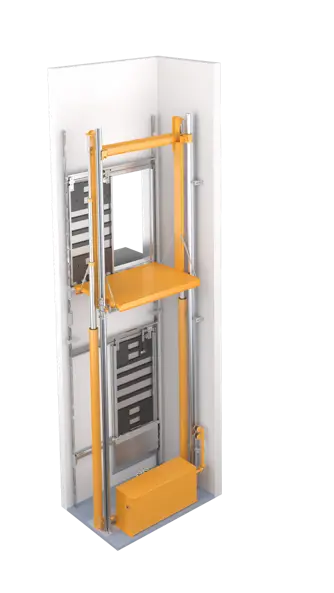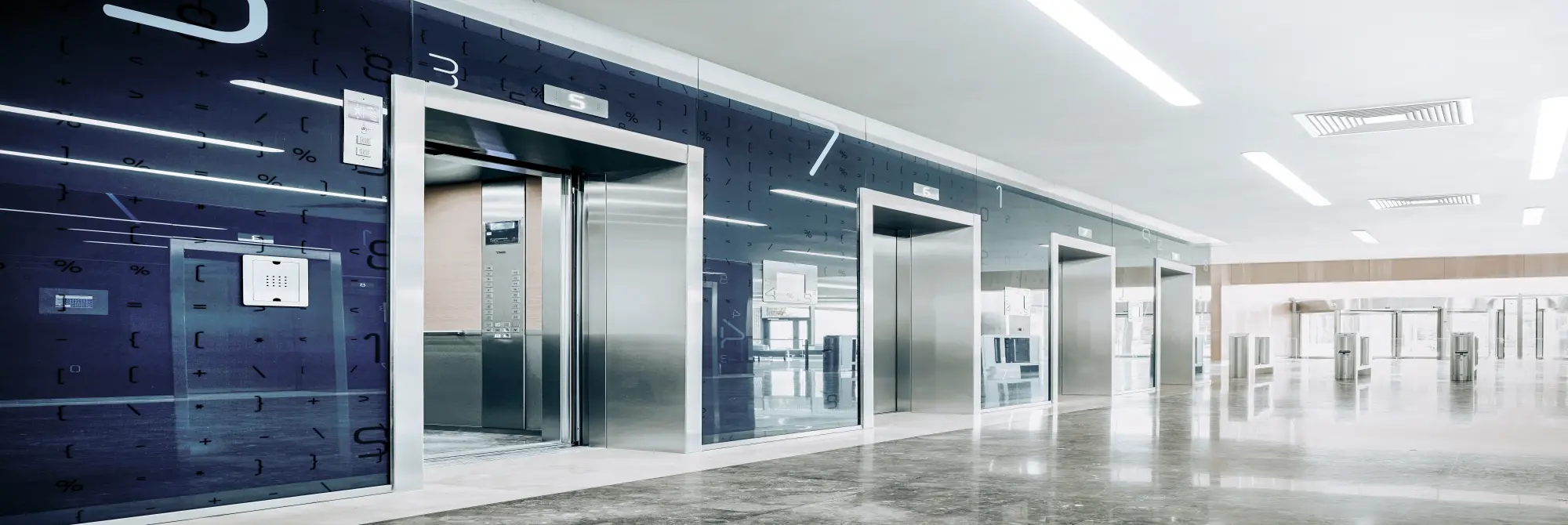The marvel of the Machine Room-Less Elevator, or the MRL for short, is believed to have begun back in the 1950’s. Elevators were beginning to start down the trajectory of widespread usage and machine rooms were seen as absolutely necessary for the smooth operation of an elevator. Yet, the machine room-less elevator stood to defy all odds as it restructured the way a standard elevator operated.
As we know, there are only two types of elevators – this is the traction elevator and the hydraulic elevator. Both of these can be used without a machine room and thus considered machine room-less elevators, it is not exclusive to one specific type of elevator. The method in which a machine room-less elevator functions is almost solely in the hoistway. Instead of having a dedicated machine room space that will take up space, the machines and governors are located in the hoistway and controllers are placed in proximity to the exterior front wall of the hoistway. This completely removes the need for a machine room and makes the machine room-less elevator a very easy installation for technicians.
Several benefits can come from deciding upon a machine room-less elevator for your building. One of which is the invaluable space it saves. The lack of need for a machine room can be extremely helpful in serving the building in which it is installed. This is the main reason for which many have come to the final decision of introducing this technology into their building.

Another strong motivation for seeking out this specific MRL elevator is because it also can cut down on electricity, often by 30% to 80% which in turn lowers the costs significantly. There is no longer a need for an entire room full of equipment that requires consistent electricity flowing to and from the elevator. The machine room-less elevator also uses absolutely no oil whatsoever. This is a huge positive because it is inherently safer which gives the passengers extra peace of mind when riding.
The machine-room less elevator has been known to be spectacularly suited for low-rise buildings as it saves space, time, money, and there are fewer moving parts along with a straightforward design tailored to your needs. This new and improved elevator could really make your building mor efficient and safer.
 United States
United States


